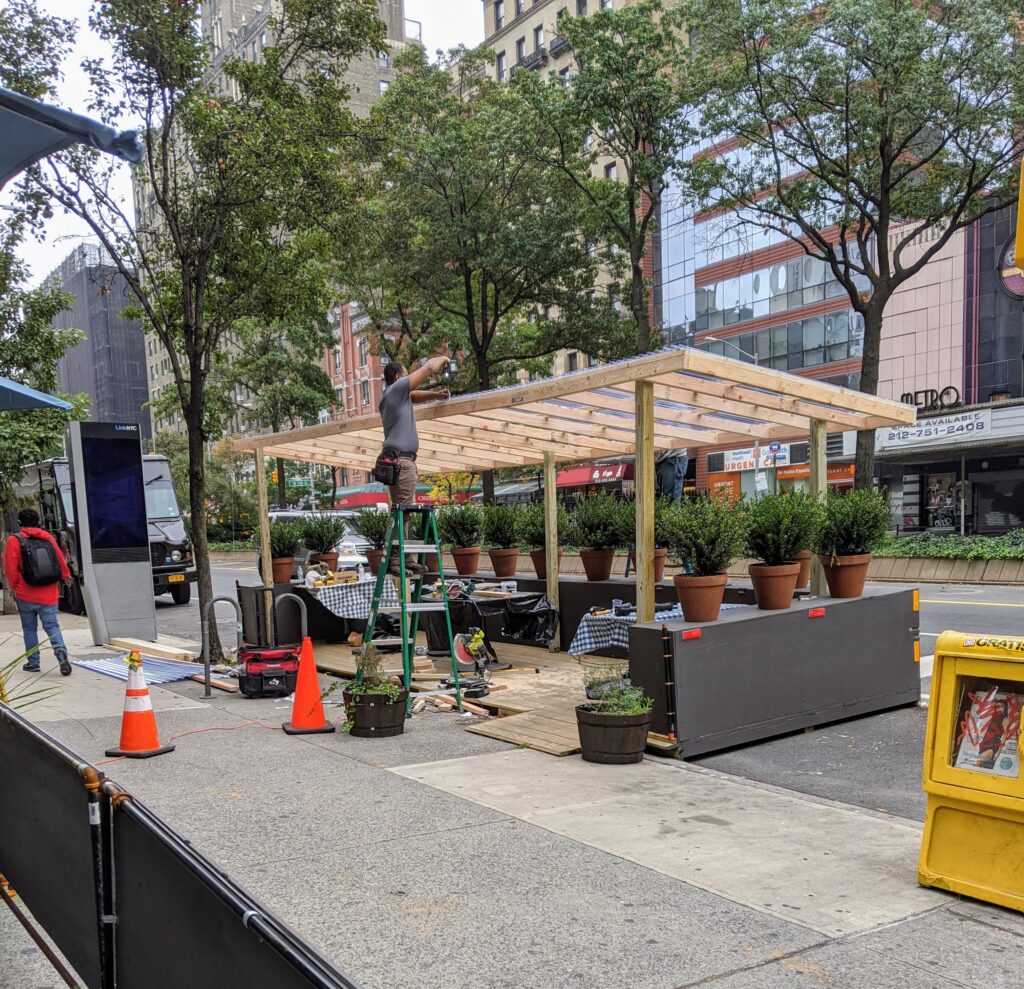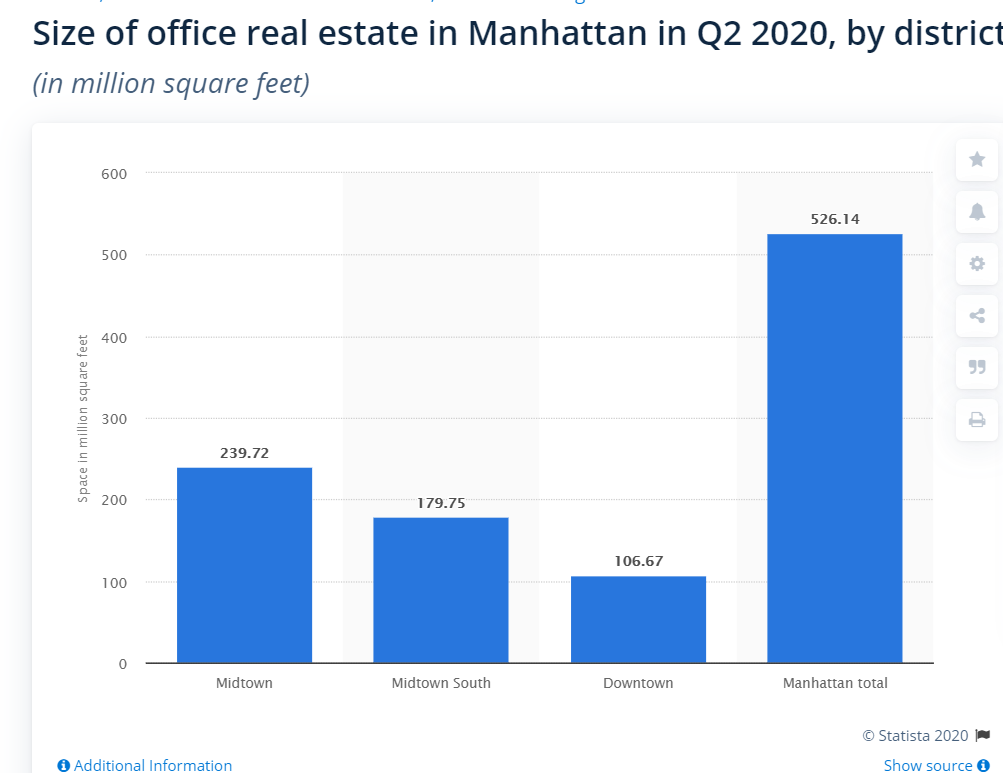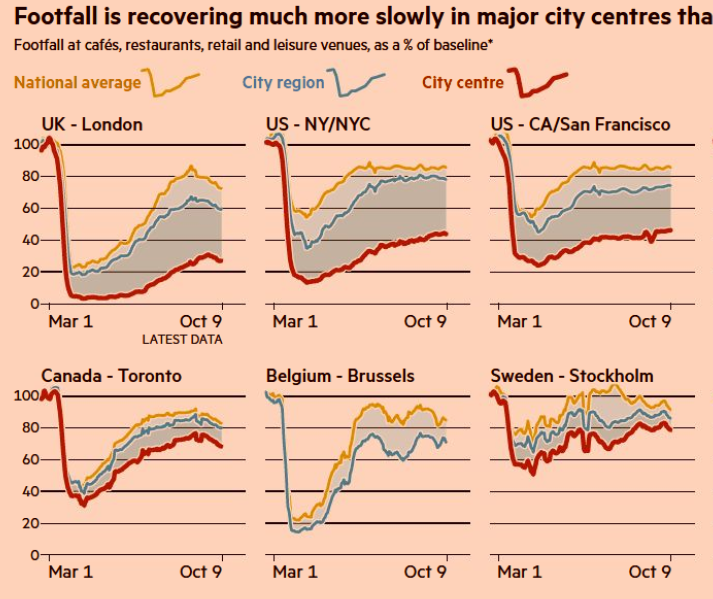I come not to bury the office, but to praise it.
Kind of.
The Covid-19 pandemic has changed human and economic behavior in a myriad of ways, and we can all stipulate that overall we’ve been living through a period that has inflicted tragedy at the human level, wreaked devastation and smashed dreams across broad swaths of the global economy, and exposed naked political cravenness and rank ineptitude in every region of the world. Tone-deaf to even entertain the possibility of a silver lining, no?
And yet: We have learned many lessons that, I for one hope, we will remember and take with us on the other side of this. First and foremost I would nominate our collectively experiencing a vivid reminder of how fabulously adaptable human beings are. For today’s purposes, it’s not about setting up restaurant patios in a traffic lane on Broadway or plexiglass between you and the Starbucks barista, it’s about how the [white collar professional] world of work pivoted in 24-72 hours from everyone in the office all the time to WFH, Zoom, and now permanent/customized at-home office spaces.
A quite different one that we’ve written about previously centers on the second greatest expense category (after people) for almost any law firm: Office space and occupancy costs. It can add up to a lot of money, since we accept nothing short of Class A space in expensive and hyper-expensive metropolitan areas across the world. If it hasn’t gotten your attention, it will.
A few basic data points by way of orientation. I will focus on our home town because, among other things, lots of data is available, I haven’t just read about it but lived and experienced it, it’s as massive a natural experiment on this topic as one is likely to find, and we know some local resources when you do get around to thinking hard about your office.
The size of the market:
Asking rent for Class A office space in 2Q 2020 in midtown Manhattan averaged $89.18/square foot. The overall Manhattan-wide average was $85.12, and Midtown South was the priciest area at $98.28.
Getting a little more parochial, a late 2019 report on “Legal Sector Trends in Manhattan” published by CBRE said that the 1,801 law firms in its dataset took up 34.87 million sq. ft. of office space accounting for 9.3% of the total RSF in Manhattan.
If we assume for simplicity that all the law firms are in Midtown, the extrapolated amount they spend annually on rent is $3.11-billion. “Real money.” (In our experience, “Midtown South” a/k/a Flatiron-Chelsea is too chic for most law firms, plus it tends not to be where their key clients are).
So those are the facts.
Now let’s look at what Covid-19 has done to foot traffic in a few major metros:
The question this poses for a venue such as Adam Smith, Esq., is what are the economic consequences of the combination of this massive, not-permanent-but-not-entirely-temporary, change in human behavior combined with the miraculous and unimaginable discovery (“realization?”) that not everyone needs to be in the office all the time.





